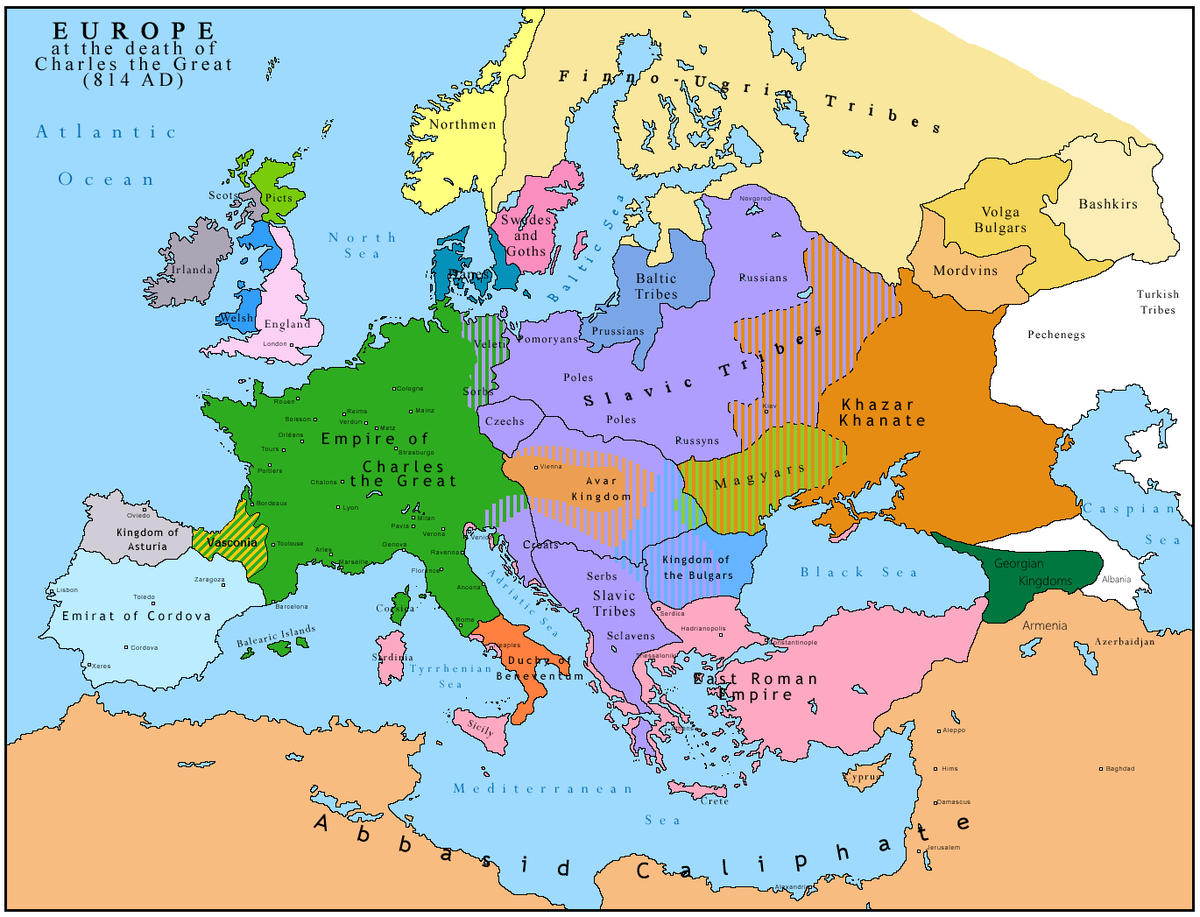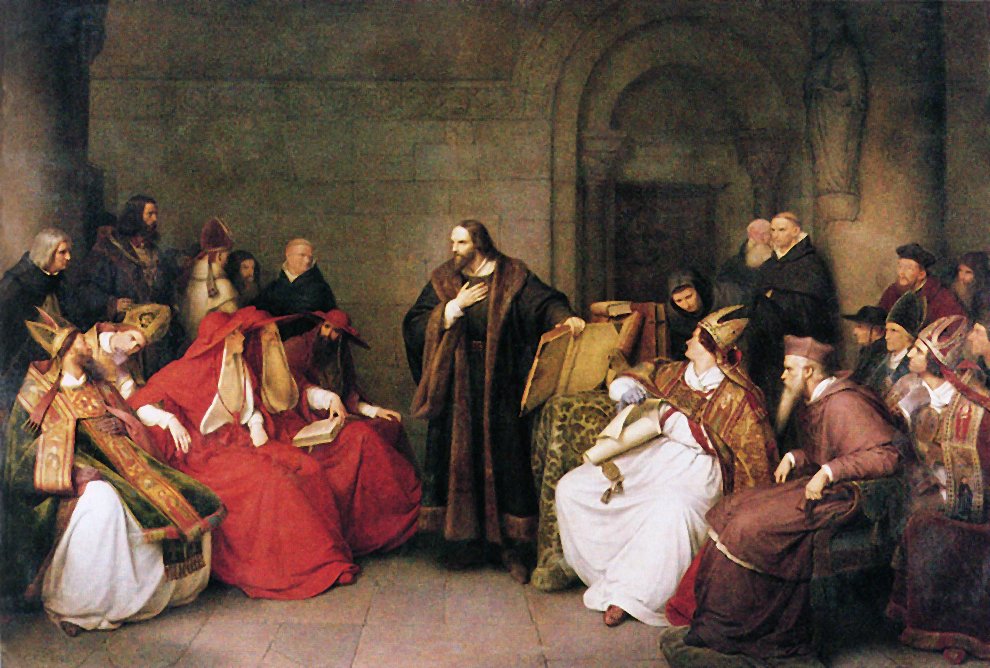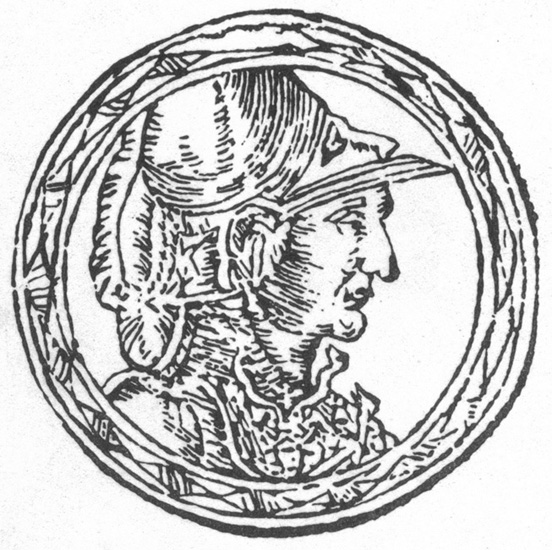
Salem Junction always has some interesting chunks of information every week. The latest was that the word "orange" has its origins from Tamil. The Dutch House of Orange and the origins of Firangi / Parangi in Indian languages were also discussed. So, offshoot thread. 1/10
https://twitter.com/krishashok/status/1395713737512816643
While @krishashok and @sidin discussed the "made up" connection of carrots and seeing in the dark, the colour of carrots came up and its "non" connection with the Dutch royal family.
But how did the Dutch and orange get intertwined?
livescience.com/why-are-carrot… 2/10
But how did the Dutch and orange get intertwined?
livescience.com/why-are-carrot… 2/10
It goes back to the the Dutch War of Independence from 1568 to 1648, when the Dutch were led by Prince Wilhelm of Orange and his heirs.
But oddly enough, Wilhelm came from the German noble family of Nassau, with no ancestral connection to Orange. 3/10
But oddly enough, Wilhelm came from the German noble family of Nassau, with no ancestral connection to Orange. 3/10
https://twitter.com/Arby_K/status/1354437311434379265
The city of Orange, known as Arausio in Roman times, has no connection with the colour or the fruit. It is situated in southern France, far away from Netherlands. The Principality was independent of France and almost surrounded by a papal enclave, also independent of France. 4/10 

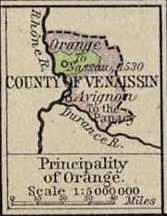
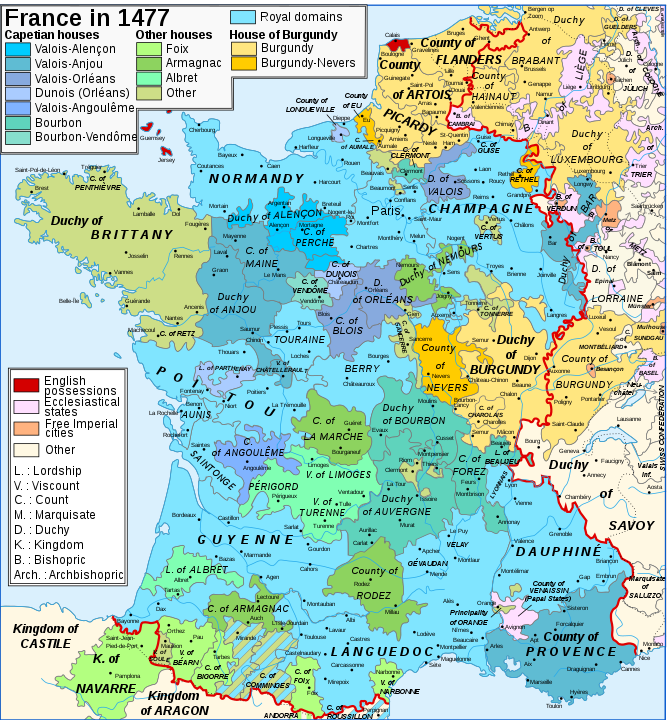
After passing through Houses of Baux & Ivrea, the Principality was inherited by Prince René von Nassau from his maternal uncle. The Nassau noble family, important Dukes in Holy Roman Empire, had been appointed as stadtholders (governors) of Dutch provinces by the Emperor. 5/10 

Thus the Principality of Orange got connected to Netherlands. René von Nassau willed Orange to his cousin, Wilhelm and thus, Wilhelm with no ancestral connection with Orange ended up ruling it. His descendants ruled Orange till 1672 (formally 1713) when France seized Orange. 6/10 

Next on Firangi / Parangi and as @krishashok has shown how it came from Persian "Farang" who used it to call Europeans.
But Persians were already familiar with Europeans long before Franks came to dominate the erstwhile Western Roman Empire. 7/10
But Persians were already familiar with Europeans long before Franks came to dominate the erstwhile Western Roman Empire. 7/10
https://twitter.com/krishashok/status/1213696706857984000
The name is in reference to the Crusaders who were mostly Franks. In fact early Crusaders who set up states across Levant (present day Syria, Lebanon, Israel & Palestine) spoke French with northern dialect while Provençal langue d'oc became dominant. 8/10
https://twitter.com/Arby_K/status/1384067810876301313
You can read about the initial campaigns of the Crusades on my thread here. 9/10
https://twitter.com/Arby_K/status/1384469815708971015
Finally, since @krishashok and @sidin are doing these amazingly informative and entertaining #Spaces to also appeal for aid. Adding that here. 10/10
https://twitter.com/sidin/status/1395767064091058178
• • •
Missing some Tweet in this thread? You can try to
force a refresh




